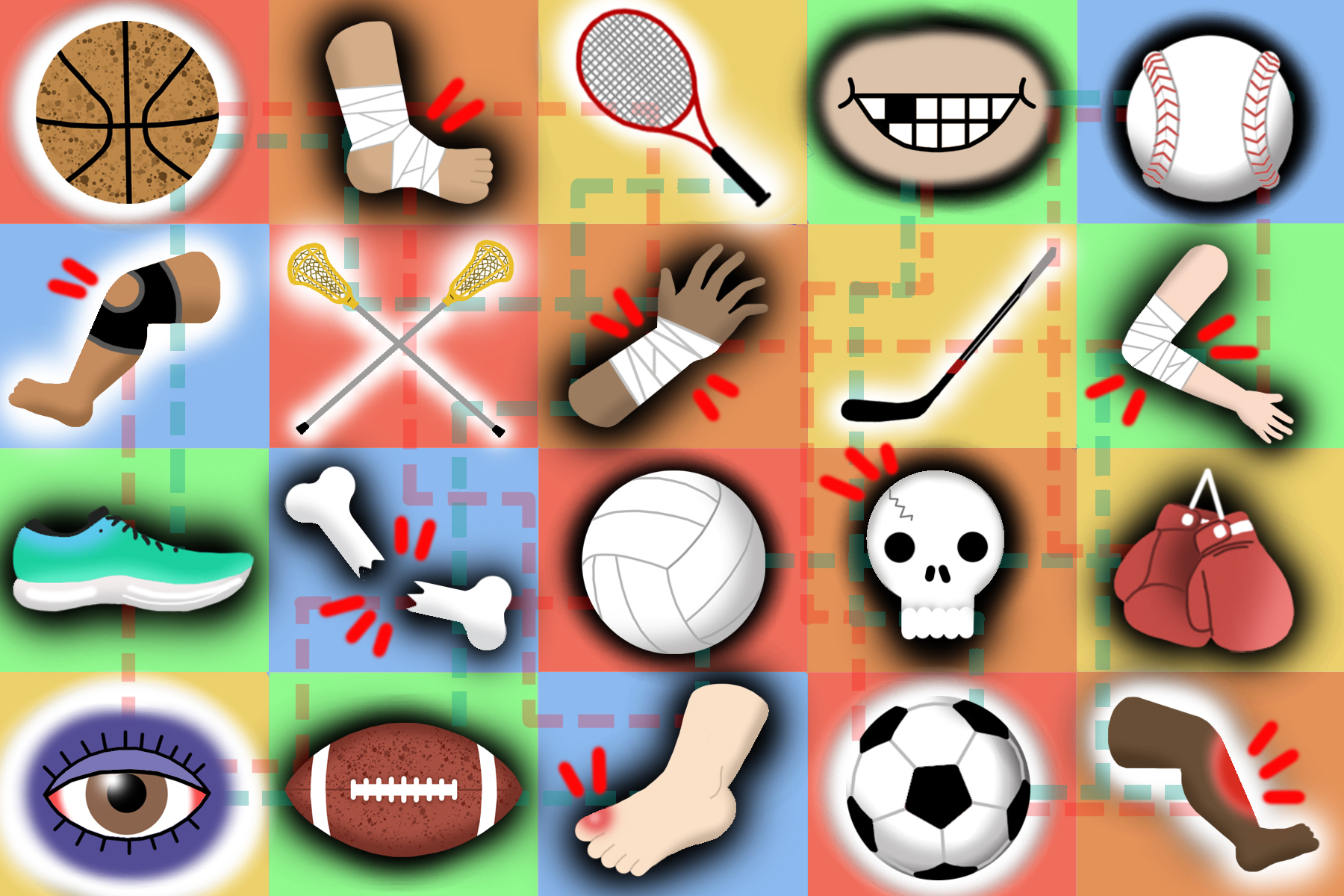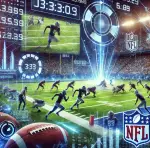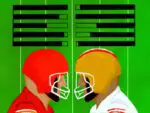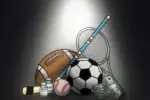Whether it’s a sprained ankle or a simple muscle cramp, no one likes getting injured while playing sports. Although they can take measures to prevent serious bodily harm, most athletes accept that getting bruised up every once in a while is just part of the game. However, when that once in-a-while turns into a regular occurrence, it can derail someone’s career — on and off the field.
The term “injury-prone,” describes an athlete who is more likely to get injured on account of previous experiences with injury. For example, basketball players such as Anthony Davis and Jonathan Isaac have been unable to stay on the court in the past few years because of repeated injuries. While this is common among professional athletes, it’s by no means universal, which begs the question: What makes these players more susceptible to injury than everyone else?
Dr. Bobby, the co-founder of Impact Sports Physical Therapy, tried to answer this very question back in 2015. With the help of other leaders in the sports medicine field, he concluded that there are three weaknesses that these injury-prone athletes all share: muscle imbalances, core stability deficits and poor neuromuscular control. The conditioning programs these athletes use in training do very little to address these weaknesses, and consequently fail to keep athletes on the field.
The risk of injury exists in every sport, across every type of league, but no sport is quite as dangerous as American football. The NFL is rife with injured athletes. The league spares no expense when it comes to protective gear, but players like Tua Tagovailoa suffer from concussions multiple times over the course of their respective careers.
On a Sunday afternoon game in September 2022, Tagovailoa appeared to suffer a head injury after he struggled to get up on his own. However, the medical staff claimed it was a back injury, which allowed him to continue playing.
He took to the field a mere five days later, where Tagovailoa suffered a blow to the head in the first half and was diagnosed with a concussion. He remained on the ground after the hit, his fingers splayed in front of his face. Despite the NFL’s institution of stricter safety protocol in regard to concussions, the medical staff cleared him to play prematurely, resulting in his injury.
The NFL released new protocol in 2011 and has updated it numerous times after former players accused the league of downplaying concussions for decades. Under the new protocol, players must undergo quick tests that demonstrate balance and show coordinated eye movement. Furthermore, those diagnosed with concussions must demonstrate an ability to perform a variety of football-related skills and movements without showing symptoms of head trauma.
In youth and rec leagues, 5 in 10 concussions go unreported or undetected. Additionally, football accounts for over 300,000 of the 2-3 million concussions in youth sports each year. Injuries also arise from what medical experts call “sports specialization.” The term is defined as “intensive year-round training in a single sport at the expense of participating in other sports.” Experts conclude that only developing certain skills can create an imbalance in muscle strength and lead to a weaker overall performance.
Professional athletes have access to multi-million dollar facilities to receive treatment for these injuries. Not every athlete has that luxury, which is why knowledge of injury prevention comes in handy. Preventative measures include warming up and cooling down with a proper low-intensity exercise and stretching routine, drinking plenty of water and wearing proper equipment while playing sports.
While injuries are just another part of the game, they can often be avoided. There are over 30 million young athletes who participate in sports; there are bound to be a few scuffles along the way. As long as you remember to stretch, drink water and take any injuries seriously, you’ll have little to worry about.

















